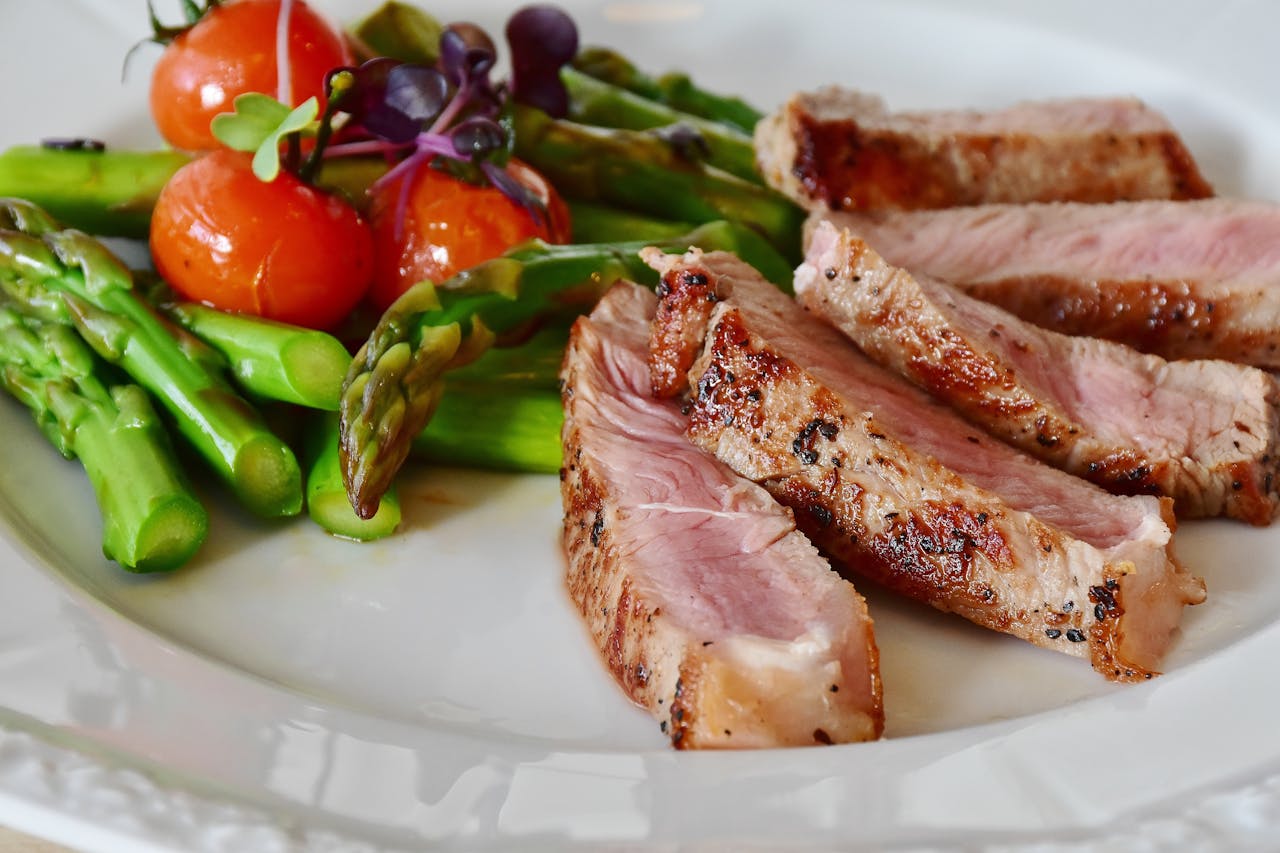
Okay, let’s be honest. You’re trying to eat better, right? You’ve cut out the junk, you’re choosing salads over fries, opting for nuts instead of chips, loading up on avocado, and maybe even drizzling olive oil generously on everything. You’re eating “healthy,” so why isn’t the scale moving? Why aren’t those clothes fitting better? Where is your weight loss?
Because, my friend, you might have fallen into the “healthy food” trap.
It’s a common misconception that if a food is deemed “healthy,” you can eat as much of it as you want without consequence. And while it’s absolutely vital to choose nutrient-dense foods, the truth is, calories still count, even from the good stuff, and they can stall your weight loss if you’re not paying attention.
This isn’t about shaming food or telling you to avoid these items. It’s about understanding energy density and how easy it is to accidentally overeat even the most wholesome ingredients.
The Unseen Calories: Common “Healthy” Culprits
Let’s look at some of the biggest offenders where portion sizes often get wildly underestimated:
Nuts & Nut Butters
Yes, they’re packed with healthy fats, protein, and fiber. They’re amazing. But a small handful of almonds (about 23 nuts) is around 160 calories. A tablespoon of peanut butter (which is easy to accidentally turn into two or three) can be 90-100 calories. If you’re mindlessly snacking from the bag or scooping straight from the jar, those calories add up FAST.
Your reality check: Try measuring out a single serving next time. You might be surprised how small it looks compared to what you usually grab.
Avocado
The king of healthy fats! Great for satiety and nutrients. But one medium avocado packs around 240-300 calories. If you’re adding half an avocado to your toast, another quarter to your salad, and some guacamole with dinner, you could be adding an extra 400-500 calories without even thinking twice.
Your reality check: Consider a quarter or half of an avocado as a standard serving, depending on your calorie goals.
Olive Oil & Other Healthy Oils
Cooking with olive oil, avocado oil, coconut oil – excellent choice for healthy fats. But one tablespoon of any oil is roughly 120 calories. When you’re “eyeballing” it into the pan, drizzling it over salads, or roasting veggies, it’s incredibly easy to pour 2-3 tablespoons, adding 240-360 calories to your meal.
Your reality check: Measure your cooking oil! A tablespoon is more than you think. Use spray oil when possible for less calorie-dense cooking.
Smoothies (The “Healthy” Bomb)
You toss in spinach (great!), protein powder (good!), but then you add a full banana, a cup of fruit, a tablespoon of nut butter, and a cup of full-fat milk or juice. Suddenly, your “healthy” smoothie could easily be 500-800+ calories, often consumed quickly without much satiety.
Your reality check: Treat smoothies like a meal. Be intentional about every ingredient. Stick to smaller amounts of high-calorie add-ins and focus on protein and fiber to keep you full.
Dried Fruit
Often seen as a healthy snack, but when fruit is dried, the water is removed, concentrating the sugars and calories. A small box of raisins can have the same calories as a large bunch of grapes, but you’ll eat the raisins much faster and be less full.
Your reality check: Opt for fresh fruit when possible. If eating dried fruit, measure a small portion and combine it with protein or healthy fat (like a few nuts) to slow down digestion.
Granola & Granola Bars
While some can be decent, many granolas are loaded with sugar and fats, making them very calorie-dense. A small bowl can easily pack 300-400 calories before you even add milk or yogurt.
Your reality check: Read labels carefully. Look for lower sugar options and measure your servings precisely.
So, What’s the Solution?

This isn’t about avoiding these incredibly nutritious foods. It’s about becoming mindful and aware of their caloric density.
- Measure and Weigh (Especially Initially): For a week or two, try actually measuring your portions, especially for high-calorie, “healthy” fats. Use measuring spoons for oils and nut butters, and a food scale for things like nuts or avocado. This builds your visual understanding of what a true portion looks like.
- Read Nutrition Labels: Pay attention to the “serving size” and “calories per serving.” It’s your map to understanding what you’re really consuming.
- Prioritize Protein and Fiber: These nutrients are incredibly satiating. Make sure your meals are built around lean protein and plenty of non-starchy vegetables. They fill you up with fewer calories.
- Don’t “Drink Your Calories”: Be cautious with juices, fancy coffees, and even healthy-sounding drinks. Calories in liquid form often don’t provide the same satiety as solid food.
- Eat Mindfully: Slow down. Pay attention to your hunger and fullness cues. Don’t eat distracted by screens. This helps you register when you’ve had enough.
Conclusion
Ultimately, weight loss still comes down to creating a consistent calorie deficit. Even with the healthiest foods, if you’re consistently eating more calories than your body burns, progress will stall. By becoming smarter about your portion sizes, especially with these sneaky “healthy” culprits, you’ll unlock a whole new level of control over your weight loss journey.
You’ve got this. Let’s make those healthy choices work for you, not against you.
MilanFit



